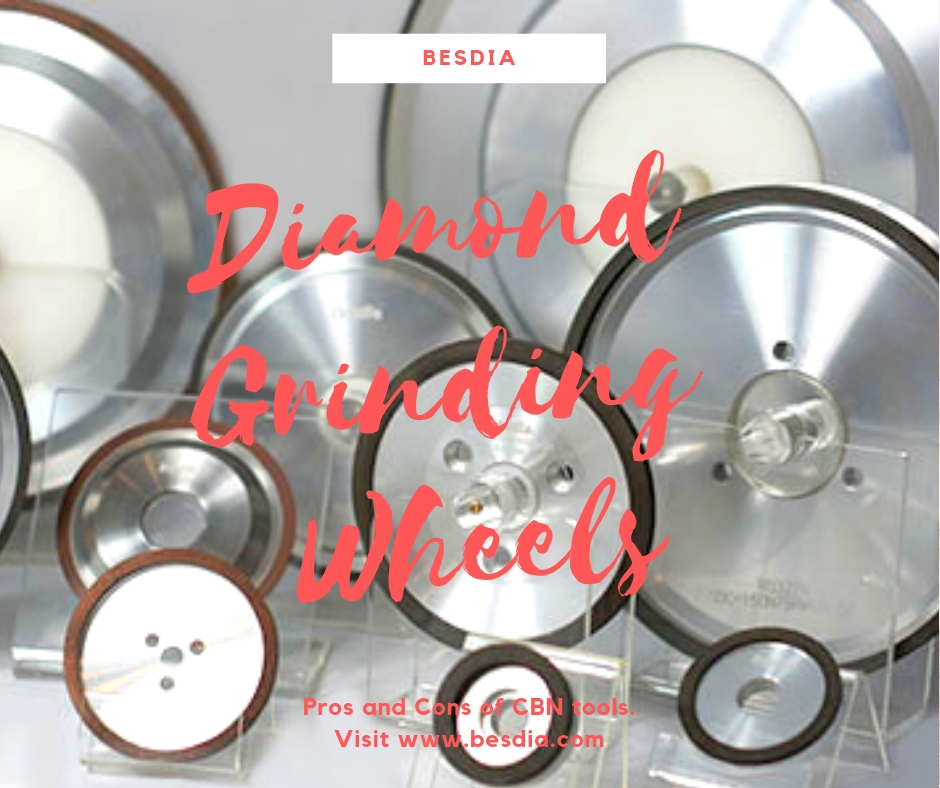
Slitter rewinders are used to cut a large roll of material into smaller rolls of size to be used in the next process. Before buying slitter rewinders, it’s necessary to know the basic understanding of slitting machines, packaging materials, etc. The following 3 ways will help you choose best slitter rewinders for your business.
Find A Right Slitter Rewinders Supplier Or Manufacturer
First, you need to consider when buying a slitter rewinders is the manufacturer which you will buy it from. The right supplier will provide the most suitable slitters and services at suitable prices. Decision should depend on full details of suppliers including technical expertise and capabilities, manufacturing capabilities, ability to provide technical assistance, etc.
It’s critical that the slitter rewinders will come from an enterprise with an excellent reputation in the industry. Professional suppliers such as LEAP and KYMC are generally reliable because they have enough resources and systems. However, you can also develop a relationship with small suppliers especially if you are their main customer. In these cases your supplier may also respond better to different requests.
Anyway, it’s recommended to get a slitting equipment demo from manufacturers. It is because you need to be sure about the capability of the slitting machine you will buy. It’s better if you can see it yourself; you are just looking out for your best interest.
Effective Communication with Slitter Rewinders Manufacturer
Before you go on buying slitter rewinders, make sure you know the features you need for your company’s production. You can make a list and use it as a checklist. Materials is the most mission-critical specification, suppliers will provide slitting solutions according to different kinds of materials, so they need to know all of the materials that will be run on the slitter.
Providing the specifications of the cores is also important, such as the core materials and sizes. For instance, if you need the core to extend from each end of the finished roll for subsequent handling or packaging, you must communicate with the manufacturer because it may impact the overall size of the machine.
Besides, it’s important to know about the handling method for the finished rolls of material, including overhead hoist, forklift, cart, or others. This can greatly affect the design of slitter rewinders, not only relate to accommodating the preferred handling method within the confines of the slitter, but also relate to planning the space requirements surrounding the slitter upon installation in your facility.
Determining the Type of Slitter Rewinders
Generally, after detailed communication, the slitter manufacturer will provide you a complete solution according to customer’s requirement and their own conditions. Based on this, you can determine whether the type of slitter can meet your needs. Preferably, samples of all materials to be processed in their finished form should be provided to the manufacturer for evaluation before the machine is even quoted.
Please note that the universality and specificity of slitting machine appear to be a contradiction, versatile machines are harder for materials with special requirements and vice versa. Therefore, you should decide the proper equipment according to major materials, rather than all materials, and avoid unnecessary loss.
Follow above guides, and you can buy the most suitable slitter rewinders for your business.
Article Source: http://www.film-slitter.com/guide-to-buying-a-slitter-rewinder.html

